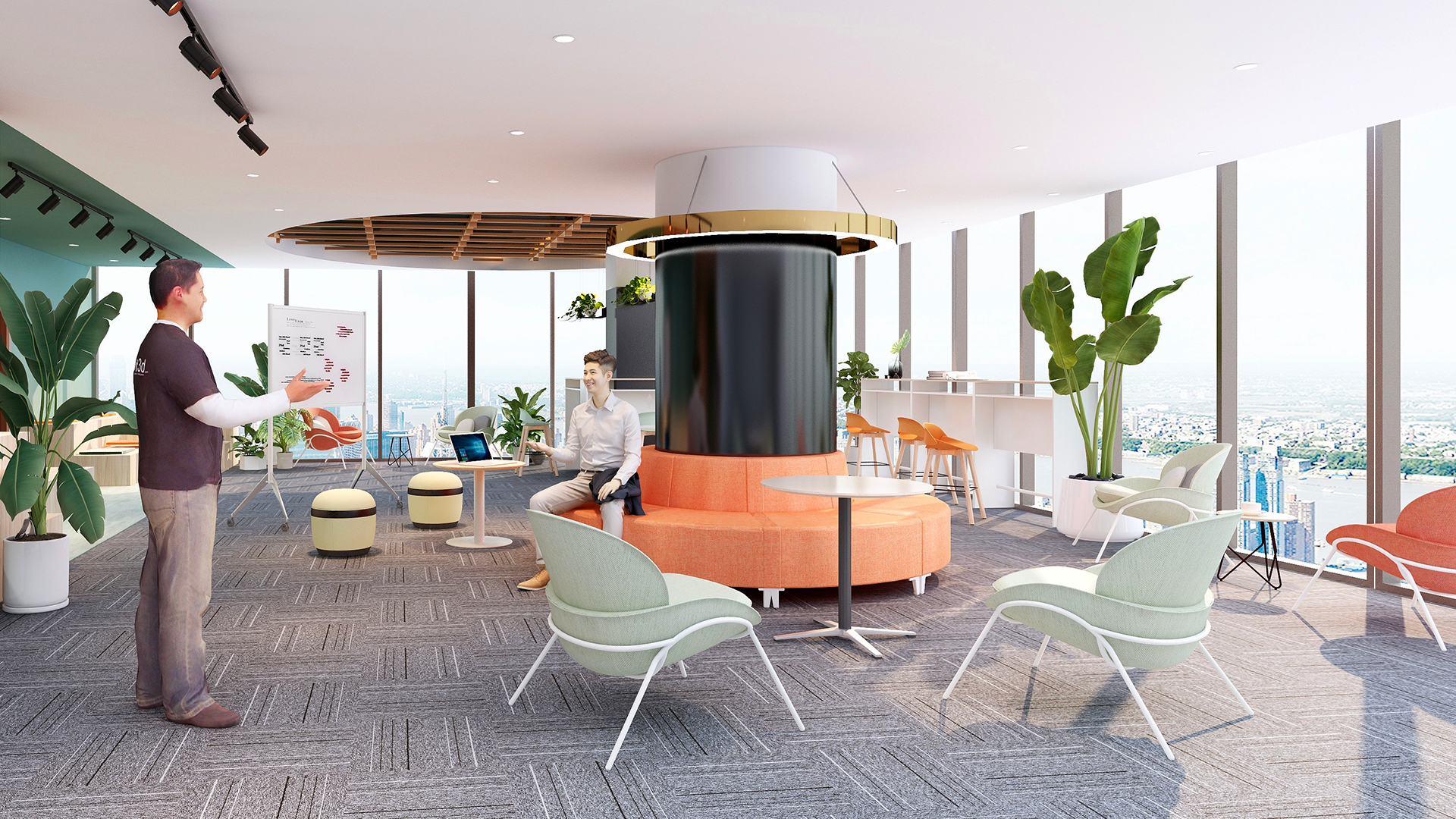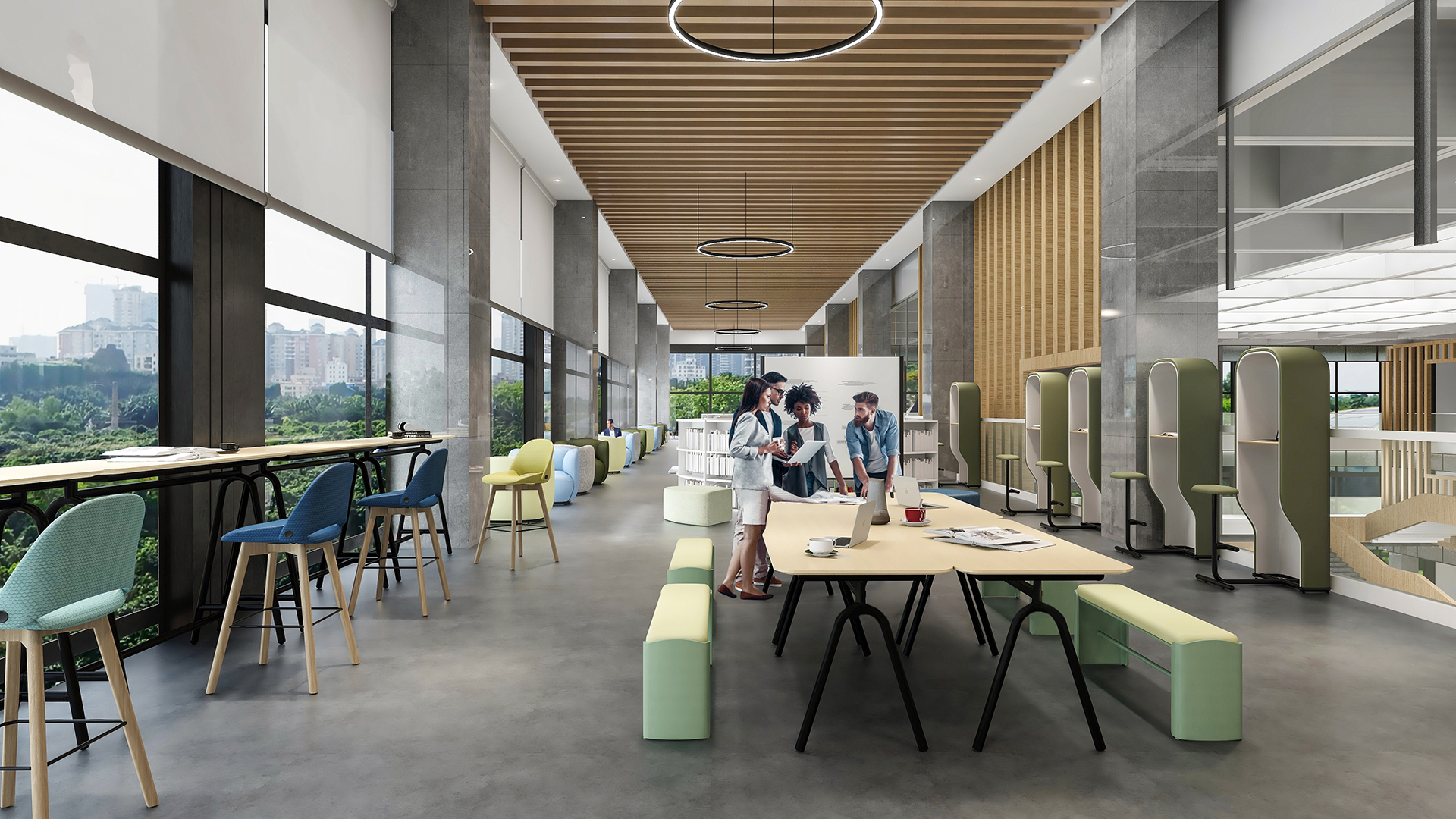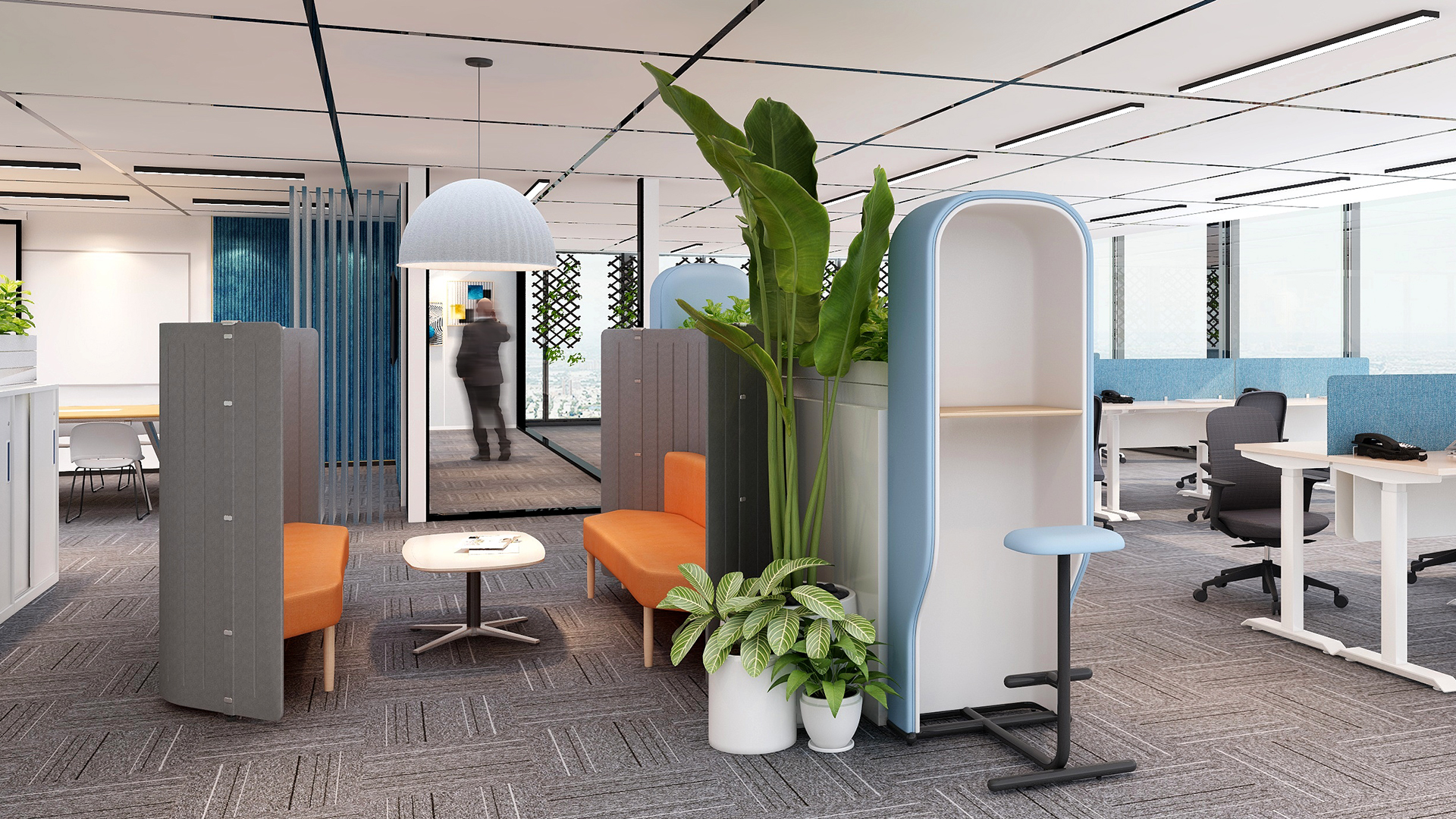
An unanticipated collision of ideas and people is what we mean when we talk about collisions in the workplace. "Accidental collision" is important for increasing workplace cooperation and stimulating creativity. Unexpected discussions really stimulate collaboration between seemingly unrelated parties and typically lead to a happier, more effective staff.
Serendipity is another term for it. Serendipity is the fortuitous discovery of anything worthwhile or fascinating. It is what takes place when we forge unforeseen connections and open up previously unlikely possibilities. Even if serendipitous events may happen by accident at work, the environment is not random. The office setting itself might offer "collision spaces" to promote serendipity.

How collision spaces boost the business?
Sitting in front of your computer won't inspire the most original thoughts. Even if you may not have anticipated it, a five-minute talk with a coworker might inspire a revolutionary idea. Businesses need to intentionally design environments that foster the unexpected.
We already know that the physical environment has a significant impact on the wellbeing of your staff. More specifically, it has been demonstrated that how people feel about their jobs is significantly influenced by their physical surroundings. Along with the cultural and technical environment, the physical environment has one of the major effects on how a person feels about their time at work. People are able to engage in the kind of impromptu talks that can spark innovation because to the favourable workplace culture.
Is it possible for workspace design to foster accidental collisions to support a serendipitous workplace?
Variety is the key
When it comes to supporting accidental collisions, variety is crucial. Consider putting some comfortable sofas in underutilised areas, making reception rooms and nooks more appealing, and having a single communal kitchen area for the entire company. These areas need to be welcoming and facilitate smooth interaction amongst your staff members. They must also be relaxing and interesting. Think colors, plants, and daylight. People may unwind and engage in conversations that lead to new relationships in a cosy communal setting.

A centralized work café
A central café or breakout space unites everyone and blurs the distinctions between the different business departments. It has also been demonstrated to be a success, with shared snacks, meals, and beverages at any time of the day significantly increasing worker satisfaction and cooperation. You require a bar-style seating so that workers may chat while on the go, take a break, and meet new people. As employees from all departments of the business stop by the area to refuel and relax, it turns into a hotspot for chance encounters.
Hot desking and coworking spaces
Hot desking is another strategy that has emerged to support a serendipitous workplace. Employees may find themselves seated next to an unexpected person thanks to a smart workplace feature like desk booking that encourages cross-departmental discussion. And allowing employees this option has the potential to result in chance meetings. These interactions between your employees and those from other companies and industry sectors are made possible by coworking spaces. It means your team can now grow and network better.
More leisure spaces
Utilize the furniture to your advantage by providing sofas and inviting lounge spaces to facilitate talks. A couch increases the likelihood that people passing by may stop and strike up a chat as they pass through the area. A more relaxed environment will encourage individuals to converse casually, share struggles, and exchange ideas, whether it be a pleasant location where people can sit and drink coffee, read a newspaper, catch up on the news, or play a game of pool.

Wider corridors and staircases
When considering accidental collisions, wider pathways and corridors are also crucial to take into account. Make sure there is enough room for individuals to stop and converse without obstructing other people from passing or blocking pathways.
Open stairs are becoming more popular because they improve visibility from floor to floor and promote casual discussions among employees. It makes sense that the discussion will happen when the two coworkers run into each other at the top of the stairs when they are both going down. Placing chairs and tables in their path may cause them to halt so that conversations may continue.